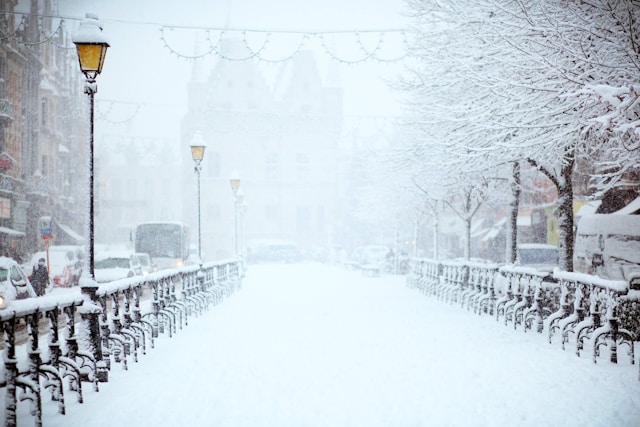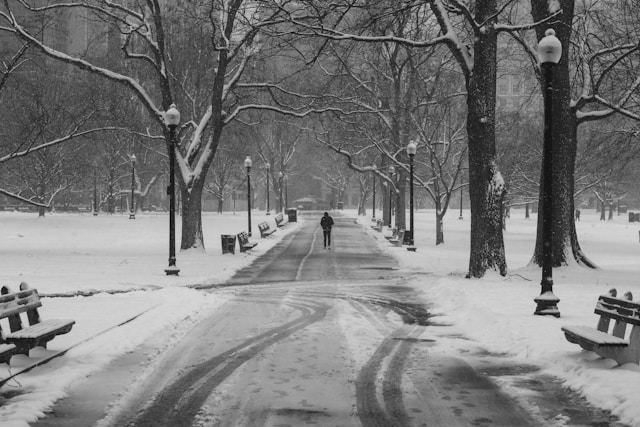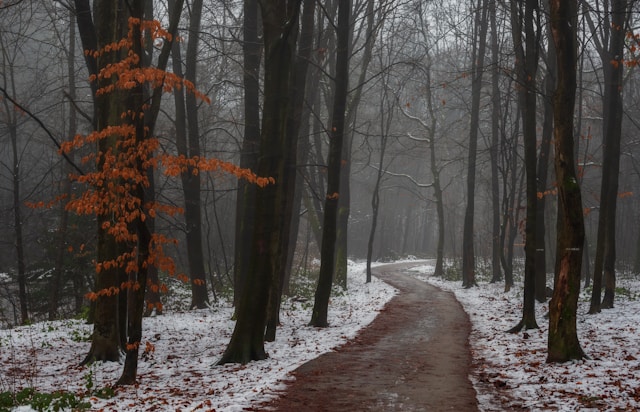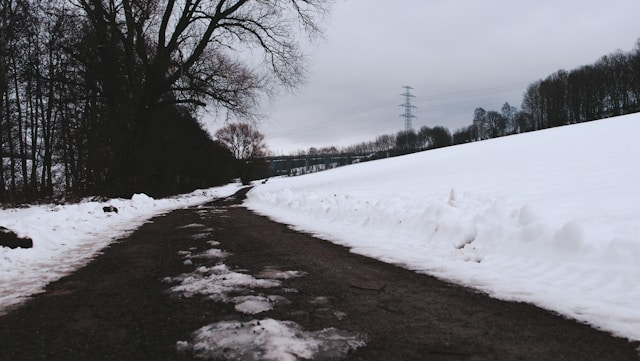Winter can be beautiful with its snowy landscapes, but icy walkways are a real hazard. Slippery paths can lead to accidents, so learning how to effectively and safely de-ice your walkways is crucial. Whether you’re preparing for a snowstorm or cleaning up after one, these tips will help keep your walkways safe for everyone.
1. Start With Shoveling

Before you think about starting to de-ice, grab a sturdy shovel and remove as much snow as possible from your walkway. The less snow left behind, the easier it will be to deal with ice. Shovel in layers, starting at the top, and try to clear the area entirely. This first step will make all the difference in preventing ice buildup.
2. Use Rock Salt Sparingly

Rock salt, or sodium chloride, is one of the most popular de-icing materials. It works by lowering the freezing point of water, making it harder for ice to form. However, overusing rock salt can harm plants, pets, and concrete. Sprinkle it lightly and focus on areas that see the most foot traffic.
3. Try Alternative De-Icing Products

If you’re worried about the effects of rock salt, consider using alternatives like calcium chloride or magnesium chloride. These products are effective at lower temperatures and are less damaging to the environment. You can also look for eco-friendly options specifically designed to be safe for pets and vegetation.
4. Sand for Added Traction

While sand doesn’t melt ice, it provides excellent traction on slippery surfaces. Spread a layer of sand over your walkway after de-icing to reduce the risk of slips and falls. It’s a great backup option if temperatures are too low for de-icing products to work effectively.
5. Invest in Heated Walkways

For a long-term solution, consider installing heated walkways. These systems use electric or hydronic heating to melt snow and ice automatically. While it’s a significant investment upfront, it can save you time and effort every winter season.
Read More: Family Has To Cut Down A 110-Year-Old Tree, Decides To Make A Free Library In Its Stump
6. Use a Homemade De-Icer

You can make an effective de-icing solution at home using common household items. Mix two parts rubbing alcohol with one part water and add a few drops of dish soap. Spray this mixture on icy areas to melt the ice quickly and safely. It’s a cost-effective solution that’s also gentle on the environment.
7. Clear Ice Early in the Day

Morning is the best time to de-ice your walkway. Sunlight can help speed up the melting process, especially if you’ve used de-icing products. Plus, clearing the ice early ensures that your walkway is safe during the busiest hours of the day.
8. Protect Your Walkway

Preventative measures can reduce ice formation in the first place. Lay down mats, tarps, or even straw before a storm to block snow and ice from sticking to the surface. After the storm, simply remove the covering, and your walkway will be much easier to clear.
9. Wear Proper Footwear

While not directly related to de-icing, wearing shoes or boots with good traction is essential. Even the best-maintained walkways can have slippery patches, so sturdy footwear can reduce your risk of slipping.
10. Stay Consistent

De-icing your walkway isn’t a one-time job. Regularly check for ice, especially after a snowfall or temperature drop. Consistent maintenance will ensure your walkways remain safe all winter long.
Read More: What Flirting Body Language Really Looks Like, According to Experts

